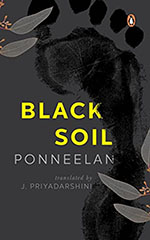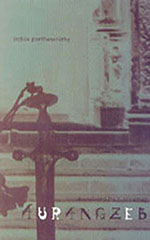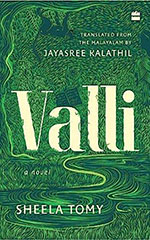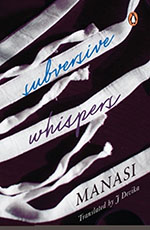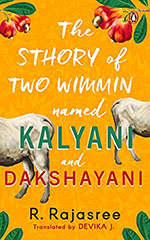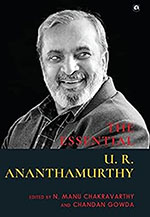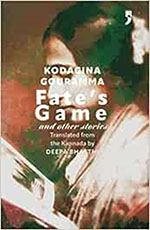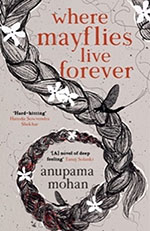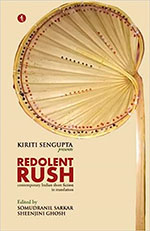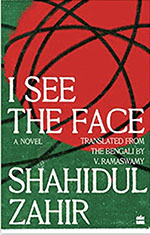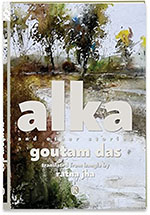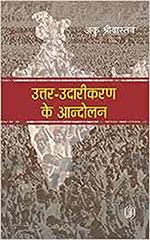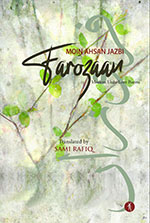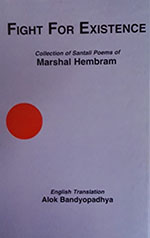The current issue has thrown up some amazing insights into the pulsating creativity in the Indian languages. Among the books reviewed, the works of some of the greats in Indian literature like UR Ananthamurthy, Imayam and CN Annadurai are interspersed with debut novelists, short story writers and poets. Volumes of short stories, poems, novels and plays are reviewed in these pages, and the canvas is truly a wide one.
Editorial





